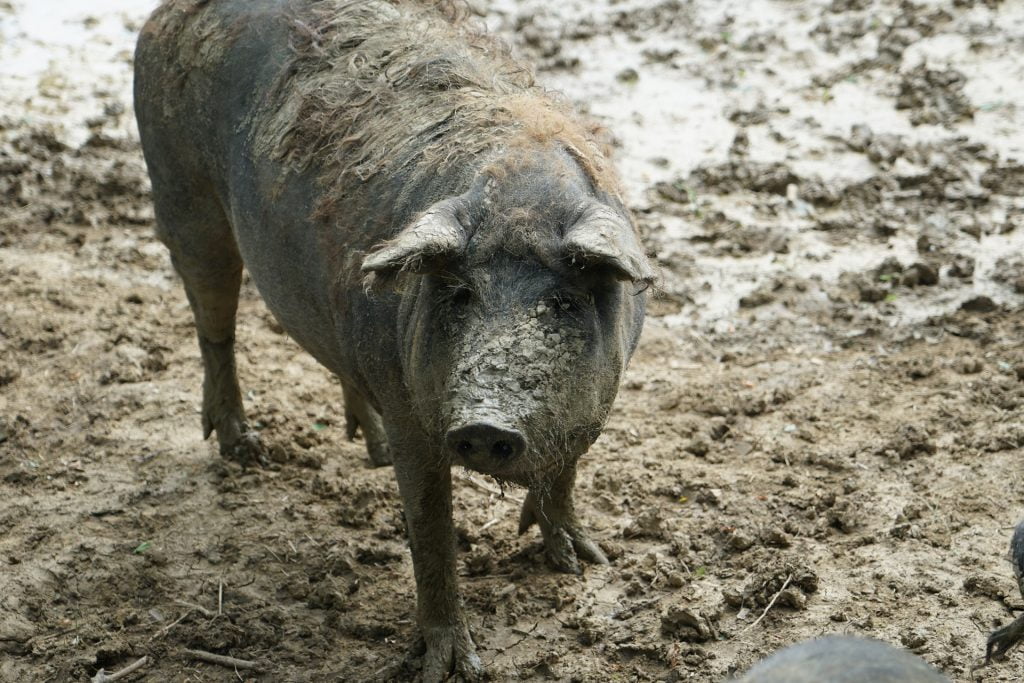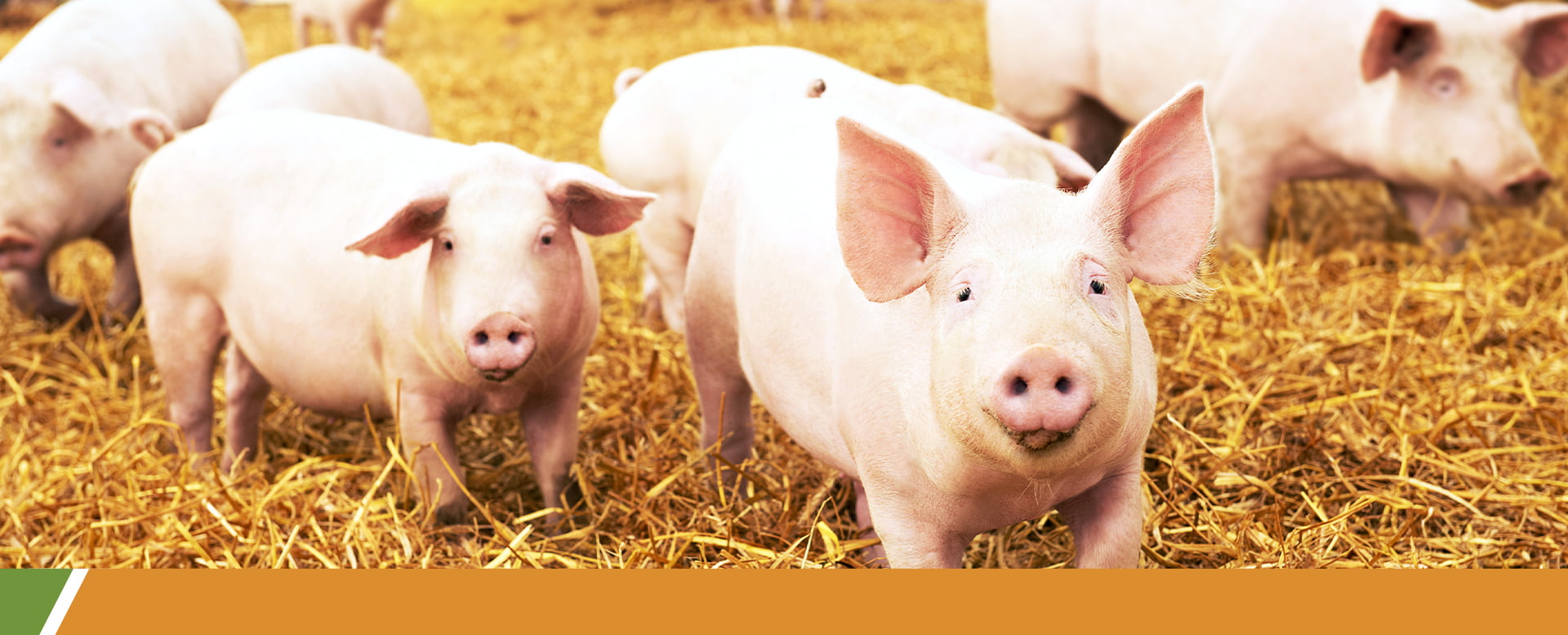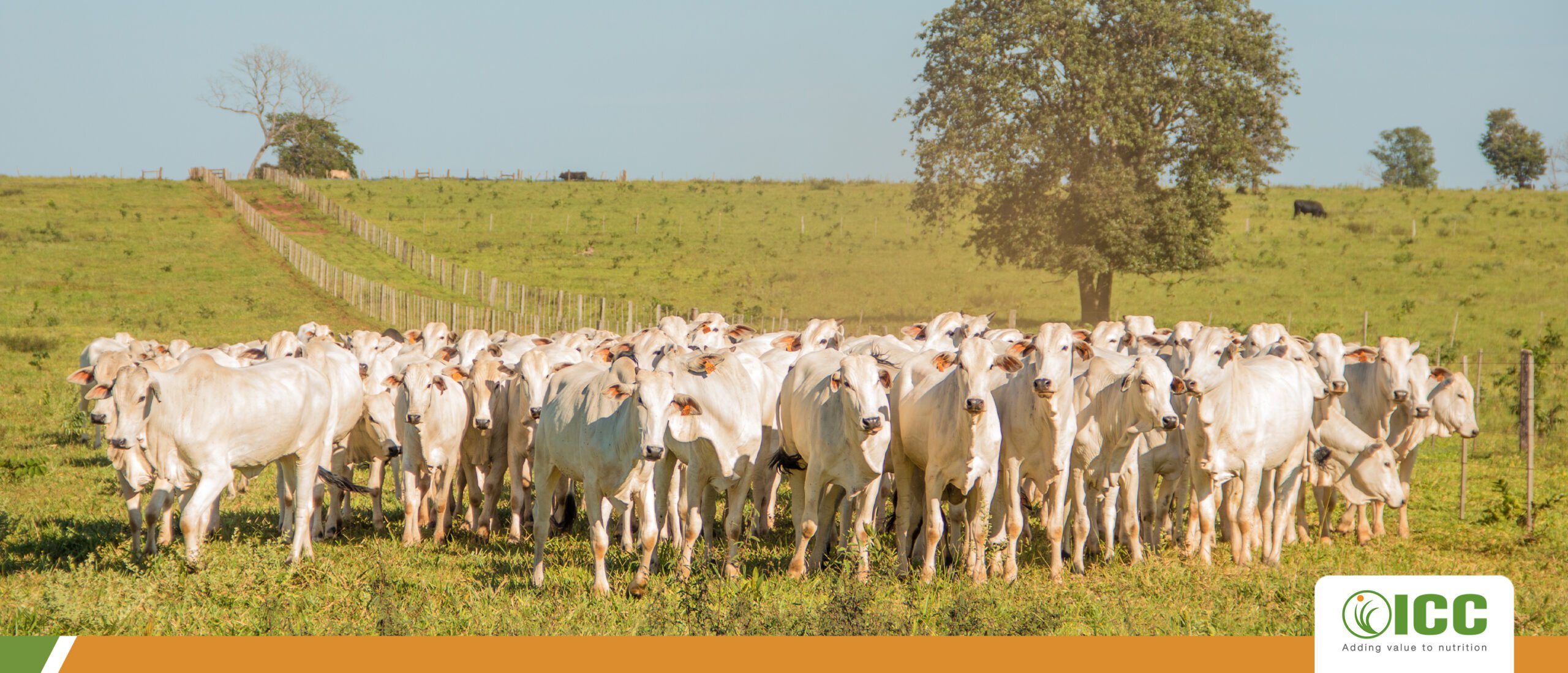Disease still does not have a vaccine and scares countries from around the world
African Swine Fever (ASF) is a contagious disease that affects domestic and wild swabs (wild boars and crosses with domestic swine).
PLACES AFFECTED BY AFRICAN SWINE FEVER
Highly fatal, in the mid-1920s ASF contaminated domestic swine in Kenya. From then on, it spread throughout Europe.
In the 1960s, African swine fever arrived in Portugal and Spain through aircraft remnants containing products derived from swine contaminated with the virus, where it remained until 1990, spreading to other European countries (Malta, Belgium, France , Holland and Italy), to South America and the Caribbean. In all these countries, ASF has been eradicated.
However, in 1982 the virus returned to Italy, where it remains endemic. In 2007, it emerged in Georgia, located in southwest Europe.
In 2014, the virus spread to other European countries such as Estonia, Poland, Latvia and Lithuania. In 2017, he arrived in the Czech Republic and Romania.
ASF ARRIVES IN CHINA
In September 2018, there were outbreaks of the disease in subsistence pigs in Romania and China and in Belgian wild boars.
In these latter cases, the source of the infection was food residues with crude derivatives of contaminated swine. This prompted the authorities to set up a surveillance zone on the border with Belgium and France.
According to the Ministry of Agriculture of China, the country has already slaughtered more than 900 thousand pigs due to the outbreak of African Swine Fever. The disease continues to spread to new regions of the country, reaching new herds.
 AFRICAN SWINE FEVER IN 2019
AFRICAN SWINE FEVER IN 2019
On January 28, 2019, Denmark announced the construction of a barrier on the German border with the aim of preventing the virus from entering the country and containing the outbreak in Germany. With 70 kilometers of extension and 1.5 meters of height, the wall will be electrified and will pass through rural areas.
Despite considering the disease eradicated, Brazil still takes precautions and measures against the disease. These are the intensification of surveillance and control at airports and borders. In this way, it is expected to prevent the entry of the virus in the country and, consequently, an outbreak of ASF.
It is worth mentioning that there is no vaccine for ASF, whose virus of the family Asfarviridae, genus Asfivirus, is highly resistant and remains in the feces of the animals for up to three months and up to nine months in foods (productsmatured).
The Asfivirus virus has no preference for age or gender and is not transmitted to humans. Outbreaks of ASF are devastating being fatal to the totality of a creation in its most virulent form.
The disease is characterized mainly by its hemorrhagic form. The acute form occurs in high fever (between 40 and 42 degrees), loss of appetite, hemorrhages in the skin (in the muzzle, ears, paws and abdomen) and in internal organs, breathing problems, and a high mortality rate of 4 to 10 days.
HOW ASFIS TRANSMITTED
Highly contagious and lethal, ASF is transmitted primarily by direct contact between susceptible or infected pigs (domestic or wild). It can also occur through ingestion of products contaminated with the virus. Infected swine carcasses that die and remain in the environment become important foci of transmission and dispersion of the virus in other forms, and can be transmitted through equipment, clothing, vehicles and vectors such as the Ornithodoros tick.
Posted in 21 March of 2019


